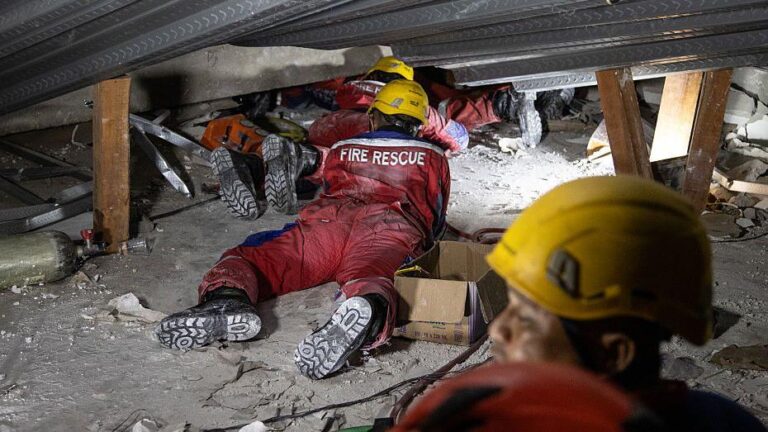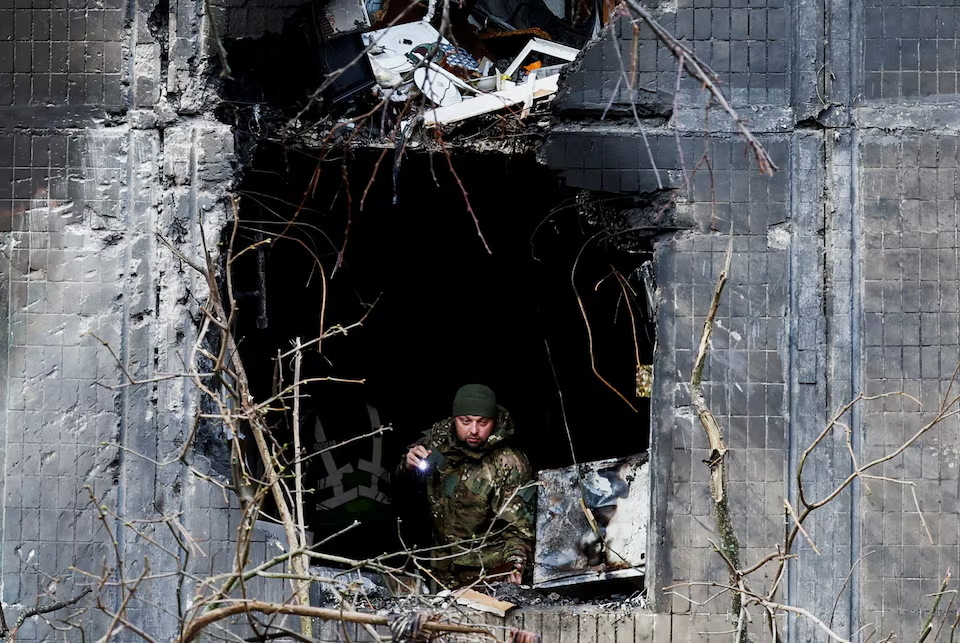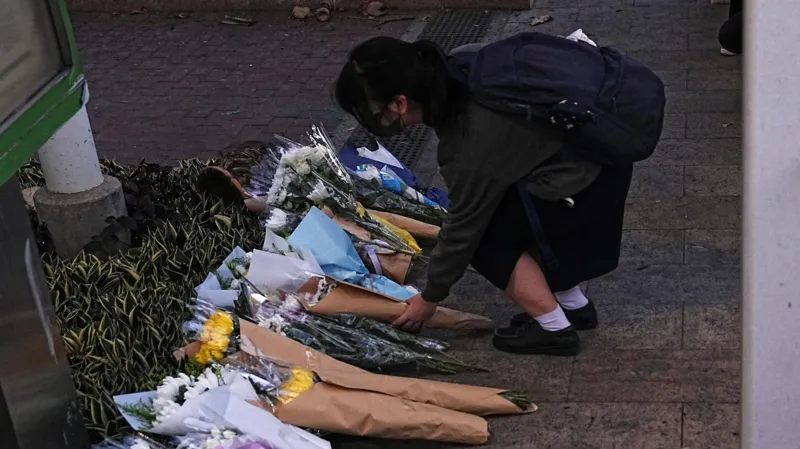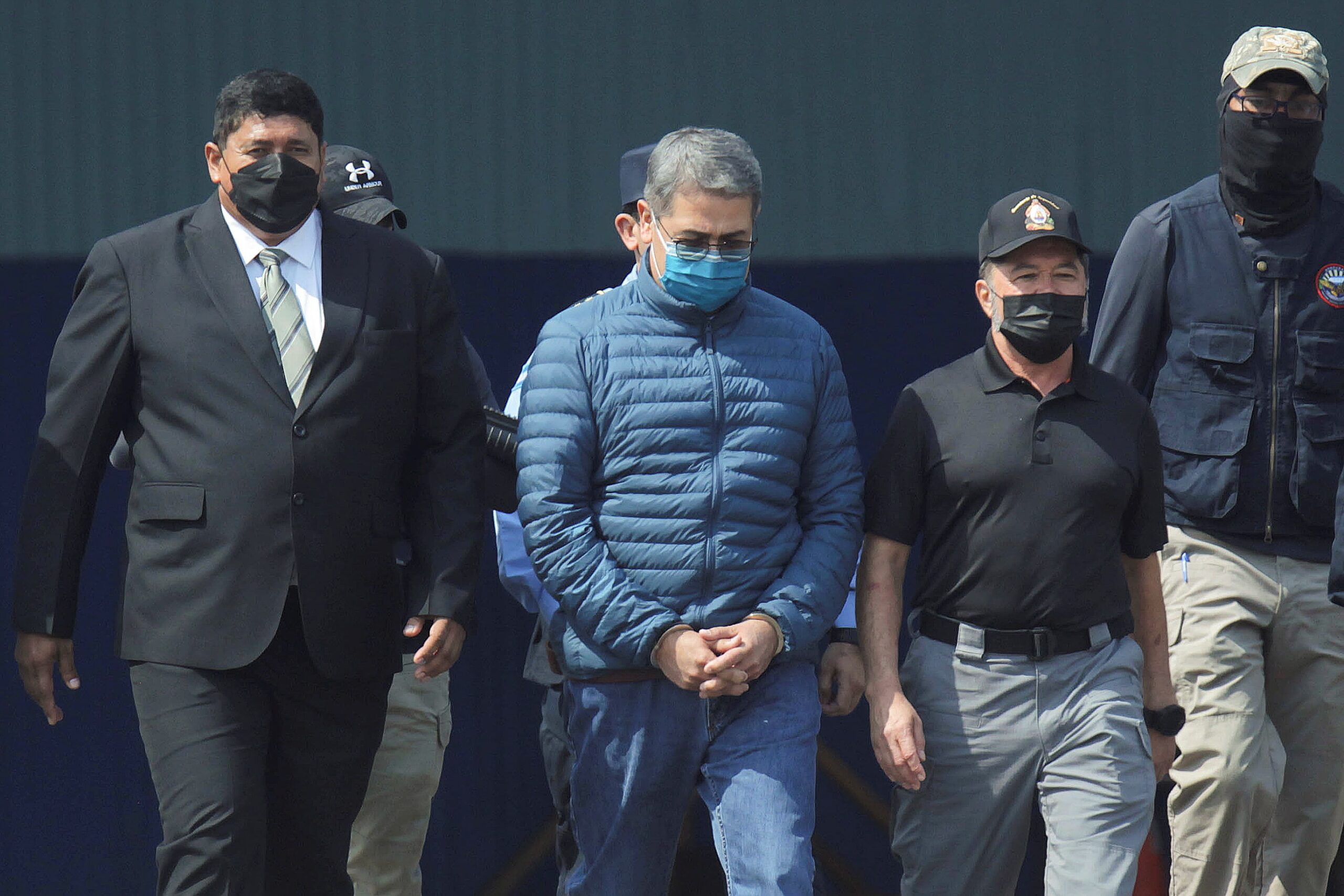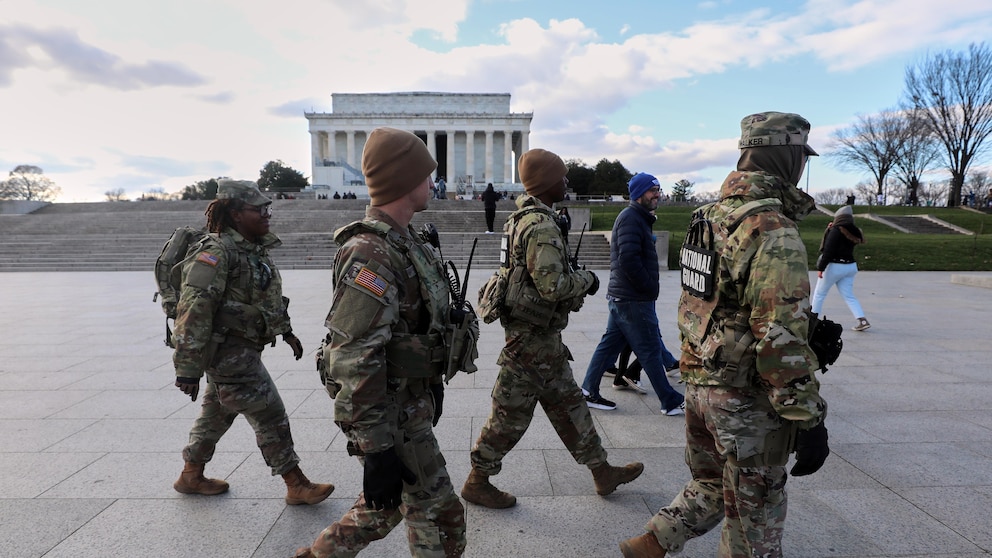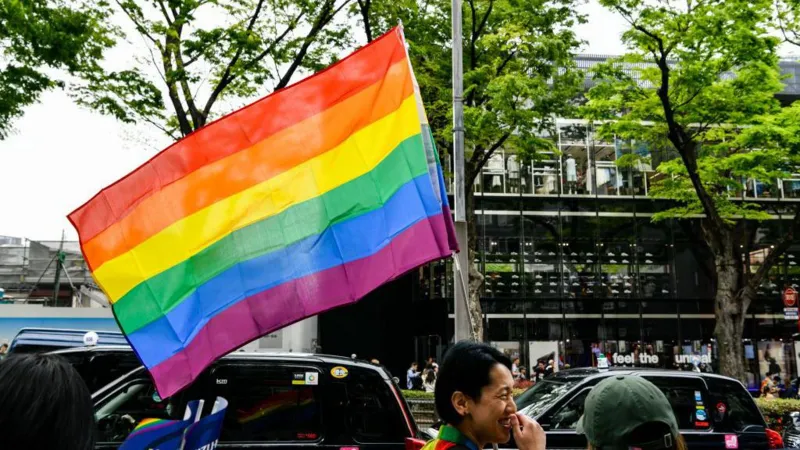In the Indonesian town of Sidoarjo, the hum of heavy machinery now mixes with the muffled cries of those trapped beneath a collapsed school. For three days, rescuers have been clawing through concrete and twisted steel in a race against time. Thirty-eight people are still missing after the Al-Khoziny Islamic Boarding School crumbled during evening prayers on Monday, killing at least three students and injuring nearly a hundred more.
Families keep vigil outside the site, clutching photographs, listening for scraps of news. Some say they can still hear voices from beneath the wreckage—an agonizing sign of life that propels rescuers to work through exhaustion. Eleven people have been pulled out alive since the collapse, though two later died in hospital. One boy remains in contact with rescuers but is pinned so tightly by debris that reaching him requires tunneling under unstable foundations.
The collapse has exposed a tragic story of negligence. Authorities revealed the building was undergoing an unauthorized expansion, with two additional floors being added to foundations that were never designed to bear such weight. Officials now say the school’s management had not secured the permits required for construction.
The risks to both survivors and rescuers remain severe. Civil engineers warn that even minor vibrations could destabilize what’s left of the structure, triggering fresh collapses. Teams are forced to crawl through narrow underground culverts—spaces barely wide enough to move—while carefully shifting slabs of concrete that could crush anyone still alive below.
The clock is merciless. Experts describe the first 72 hours after such a disaster as the “golden timeframe,” when chances of survival are highest. Yet rescuers insist hope is not gone. With fluids and minimal supplies, survivors can endure longer. “Every voice we hear keeps us digging,” one search official said.
Read Also: Europe Confronts Rising Drone Threat At Danish Summit
Among those who escaped is 13-year-old Muhammad Rijalul Qoib. He remembers the thunder of falling stone as he prepared to pray, the sudden darkness, the sting of debris striking his face. Somehow, he found his way out. “Someone pointed me to an opening,” he said quietly. “That’s how I survived.”
Not everyone made it. For families like that of Maulana Alvan Ibrahimavic, a new student buried in the collapse, the wait for news has ended in grief. For dozens of others, it continues—with hope hanging by a thread.

